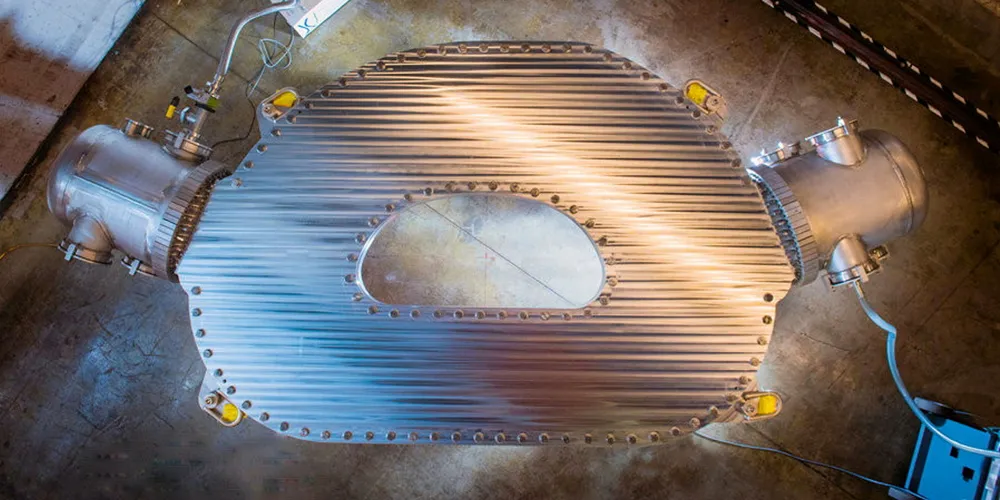Bill Gates and Jeff Bezos-backed fusion energy pioneer claims 'pivotal moment'
MIT and spin-out Commonwealth Fusion Systems say validation of 2021 magnet test is big step to commercialising 'holy grail' energy tech

A “pivotal moment” has been claimed in the push to tap nuclear fusion for limitless zero-carbon energy after publication of new research on magnet technology seen as crucial to the process.
The sustained magnetic field was powerful enough to achieve the fundamental aim of a nuclear fusion system – to achieve ‘net energy’, producing more than it consumes – according to the project team.
CFS – backed by Bill Gates’ Breakthrough Energy, which also has the likes of Jeff Bezos and Richard Branson on its books – is using the magnet technology as part of the SPARC net-energy fusion plant it is building in Massachusetts.
CFS claimed the new papers validating the 2021 test mark “a pivotal moment in the high-field pathway to commercial fusion” and development of tokomak devices that are among the most widely used in the hunt for the potentially game-changing energy source.
MIT quoted Hitachi America Professor of Engineering Dennis Whyte, who recently stepped down as director of its Plasma Science and Fusion Center, where the 2021 tests were carried out, as saying the outcome was “the most important thing, in my opinion, in the last 30 years of fusion research.”
Whyte added that the strength of the magnet compared to its size “overnight… basically changed the cost per watt of a fusion reactor by a factor of almost 40 in one day”, according to MIT News. “Now fusion has a chance.”
Nuclear fusion - star power on earth
Nuclear fusion energy aims to harness the same reactions that power the sun to produce unlimited, on-demand, clean energy.
The process involves changing a gas to a plasma at temperatures of tens of millions of degrees, often aided by superconducting magnets, to create collisions between hydrogen atoms, tapping the energy that’s produced.
Unlike its close cousin nuclear fission – basis of the current global nuclear industry, which relies on splitting rather than combining atoms – fusion is said by scientists to present no risk of the sort of runaway reaction that led to the Chernobyl disaster.
And while it is not waste-free, the by-products are said to be low and short-lived compared to fission, and much more easily manageable.